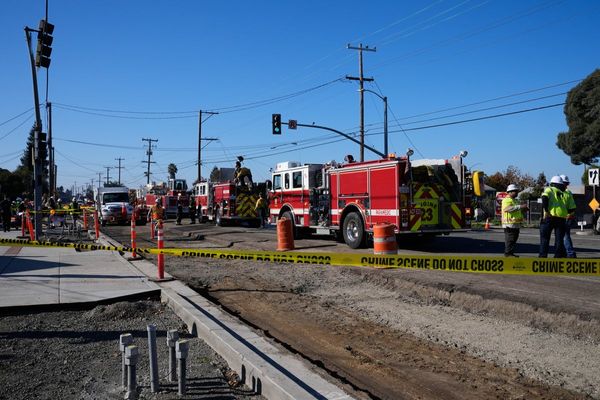
For a while, I thought there was a recipe called fettuccine alla pappardelle. It was the result of me skimming through a book looking for something else. But like a dozing passenger on a high-speed train passing through a station and trying to read its name, I caught a glimpse of fettuccine alla pap … And decided it was fettuccine alla pappardelle before racing on. The glimpse stuck because it was weird. Alla means “in the style of”, so pasta in the style of pasta! That is, fettuccine (narrow ribbons typical of Lazio) in the style of pappardelle (thick ribbons typical of Tuscany, Umbria etc), which could mean wild boar, or porcini, or duck. All delicious, and such a musical name: fettuccine alla pappardelle! I would make it, one day.
The Italian food historian Massimo Montanari begins his book A Short History of Spaghetti with Tomato Sauce by talking about the origins of recipes, the age-old search for “the exact moment when someone had the idea to make something for the very first time” – the invention and the inventor, if you like. This has given rise to all sorts of stories that might have flecks of truth in them, but are more often the work of fantasy, fables, wordplay and mistakes. Montanari is clear to note that he isn’t negating the relevance of origins, or the reassuring value of “a beginning that explains”; rather, he simply reminds us that fiction has replaced history. The origin of fettuccine alla pappardelle, for example: a short-sighted woman in a rush misreads a recipe name and makes up a recipe she thinks about often enough to believe it is true –until she comes across the right page in the right book and discovers that it isn’t fettuccine alla pappardelle at all, but fettuccine alla papalina.
This is another recipe that uses the “silky egg principle”, maybe most familiar in carbonara. That is, combining all the ingredients except the egg and cheese with the cooked pasta (with the residual water clinging to it), then pulling the pan off the heat and waiting five seconds. Away from the flame, but with enough residual heat, fat and starch, the egg and cheese mixture emulsifies, forming a silky sauce on the surface of the pasta. As with most good things, there is risk, in this case of a scramble rather than a sauce. But I find that that five-second wait – and familiarity with the process – is a good defence against this happening.
Alla papalina means “in the style of the pope”, which has an origin story that meets yet another origin story, of carbonara, peas and possibly (but not in this case) cream. So, with all respect to Pope Pio XII, I think it best I call it pasta with peas, ham, egg and cheese. Bless you, frozen peas.
Pasta with peas, ham, egg and cheese
Serves 4
Salt and black pepper
400g dried fettuccine, linguine or tagliatelle
1 small onion, peeled and thinly sliced
30g butter
2 tbsp olive oil
2 eggs, plus 1 yolk
3 heaped tbsp grated parmesan, plus extra for serving
150g frozen peas, covered with boiling water, then drained
100g cooked ham, cut into strips
Put a large pan of water on to boil for the pasta. Add salt, drop in the pasta and cook according to the packet instructions.
In a frying pan set over a medium-low heat, saute the onion in the butter and oil until soft. In a small bowl, mix the eggs, parmesan and a few grinds of black pepper.
Add the peas and ham to the onion pan, and cook for a few minutes. Once the pasta is done, either drain (saving some of the cooking water) or use a sieve to lift the pasta directly into the onion and pea pan. Toss everything together on the heat, then pull the pan off the heat.
Wait five seconds, then tip in the egg and cheese mixture and two tablespoons of the pasta cooking water, and toss everything energetically so the egg emulsifies and forms a silky coat. Serve immediately with more parmesan and black pepper.







